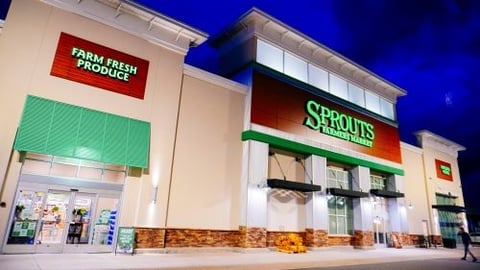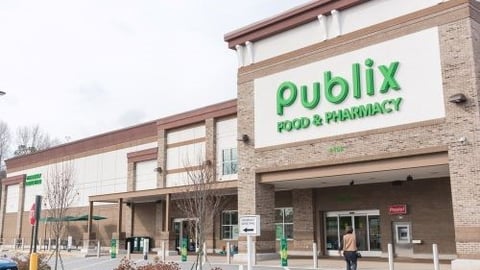Amazon’s Perishables Pilot Gaining Steam
During its latest earnings call, Amazon reported that the company’s recent efforts to encourage shoppers to order more fresh groceries along with other items for themselves, their homes and families are paying off.
Such behaviors gained traction during the recently-wrapped second quarter.
“We started expanding our very successful perishables pilot, where we offer customers perishables at the point of purchase when they’re ordering other items that will be delivered same day from our same day fulfillment modes. We’re seeing strong customer adoption as 75% of customers who’ve used the service this year are first time shoppers for perishables on Amazon, with 20% of customers who use the service returning multiple times within their first month,” reported CEO Andy Jassy during the July 31 earnings call.
[RELATED: Deep Dive Into Amazon’s Grocery Revolution]
He pointed out that the timing is especially advantageous for Amazon, as shoppers retain a value mindset.
“Our prices continue to be low and sharp for customers. It’s one of the reasons our everyday essentials growth outpaced the rest of the business globally and represented one out of every three units sold,” Jassy remarked.
He also answered analysts’ questions about macroeconomic conditions and the impact of tariffs on the supply chain and shopper demand.
“As we said before, it’s impossible to know what will happen. Where will tariffs finally settle, especially China? What happens when we deplete the inventory we forward bought or that our selling partners forward deployed in advance of the tariffs going into effect? If costs end up being higher, who will absorb them?” he shared.
Jassy continued, "But what we can share is what we’ve seen thus far, which is that through the first half of the year, we haven’t yet seen diminishing demand nor prices meaningfully appreciating. We also have such diversity of sellers in our marketplace, over 2,000,000 sellers in total, with differing strategies of whether to pass on higher cost to consumers that customers are advantaged shopping at Amazon because they’re more likely to find lower prices on the items they care about.”
For the quarter ending June 30, Amazon’s net sales rose a healthy 13% to top $167.7 billion, with North American sales rising 11% on a year-over-year (YoY) basis. Operating income also went up, reaching $19.2 billion compared to $14.7 billion during the second quarter of 2024.
Amazon and Jassy also recapped the ways in which investments and innovation in AI and other tech tools are fueling growth and improving shopper experiences.
“Our conviction that AI will change every customer experience is starting to play out as we’ve expanded Alexa+ to millions of customers, continue to see our shopping agent used by many millions of customers, launched AI models like DeepFleet that optimize productivity paths for our 1 million-plus robots, made it much easier for software developers to write code with Kiro, launched Strands to make it easier to build AI agents, and released Bedrock AgentCore to enable agents to be operated securely and scalably,” Jassy noted.
To speed delivery, Amazon continues to add more sophisticated tools at its fulfillment centers. To Jassy’s point, the company introduced DeepFleet in Q2, an AI model that makes its robots work smarter by coordinating movements to find optimal paths and reduce bottlenecks. Amazon also added Vulcan, its first robot that combines sight and touch to navigate cluttered spaces like humans do.
Looking ahead, Amazon projects that net sales will grow between 10% and 13% YoY in the third quarter, landing between $174.0 billion and $179.5 billion.
Seattle-based Amazon is No. 2 on The PG 100, Progressive Grocer’s 2025 list of the top food and consumables retailers in North America. PG also named the company among its Retailers of the Century.






